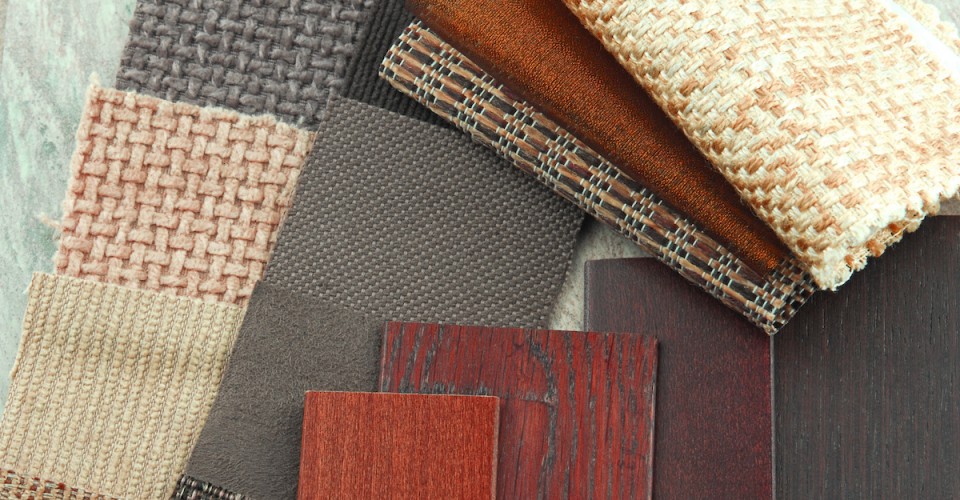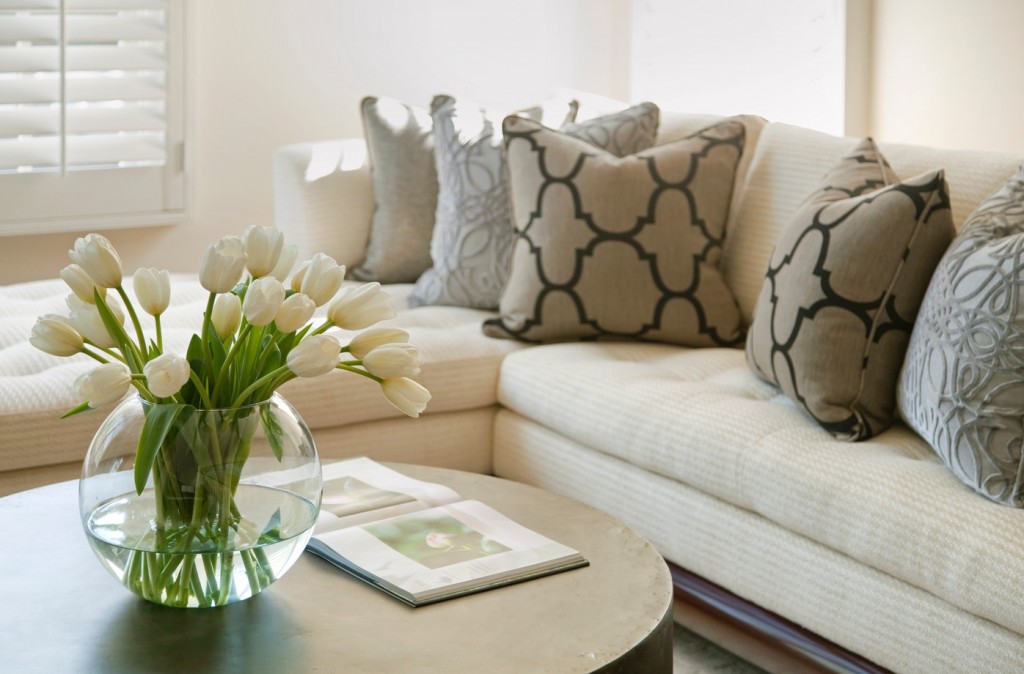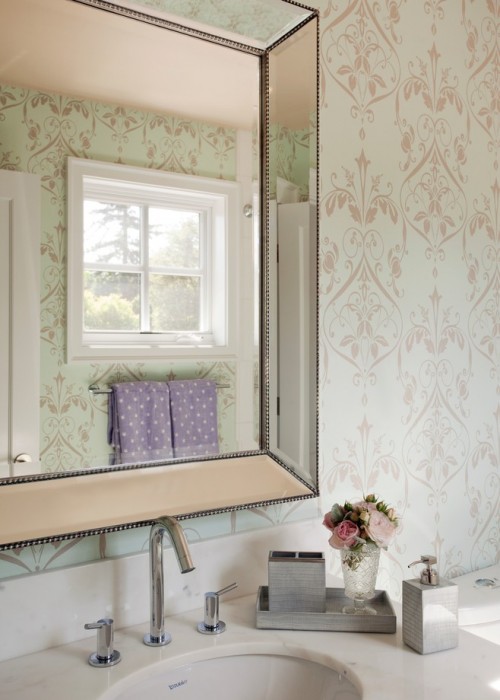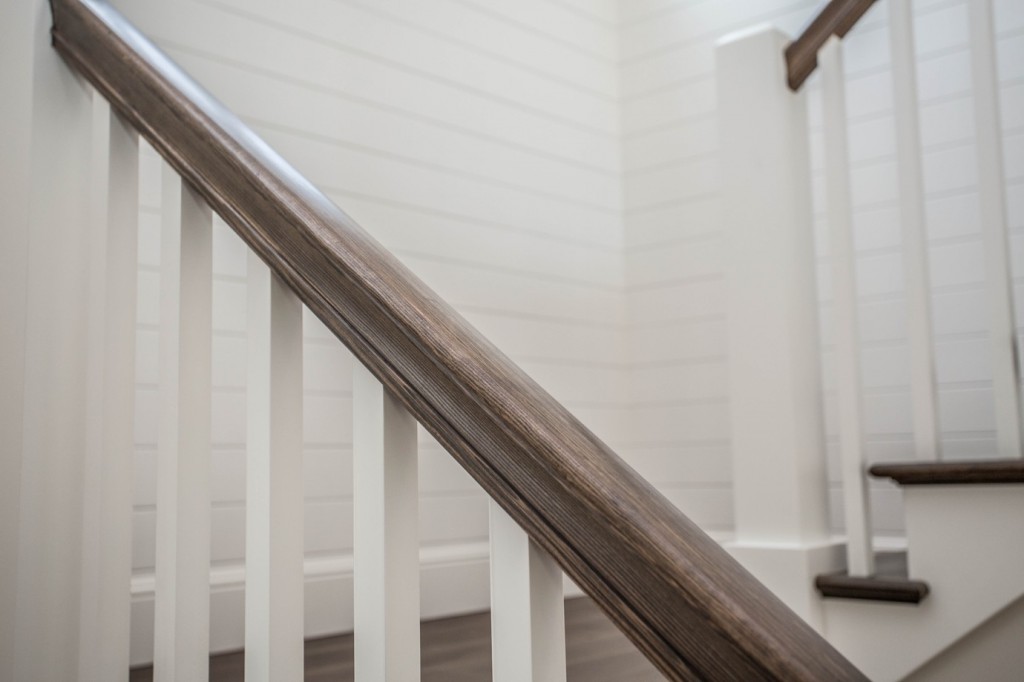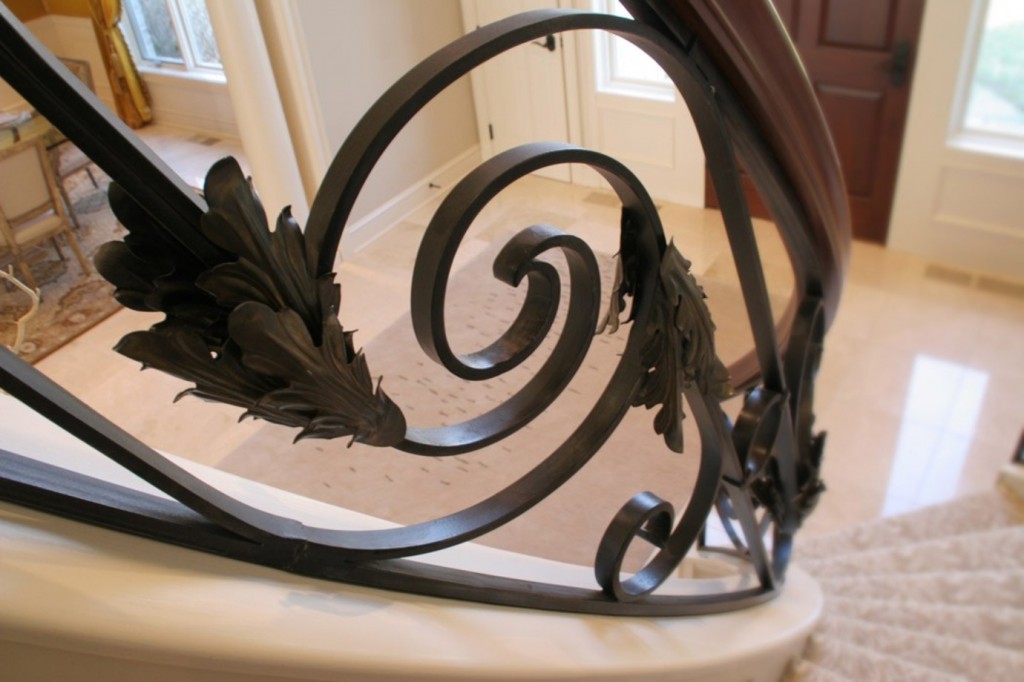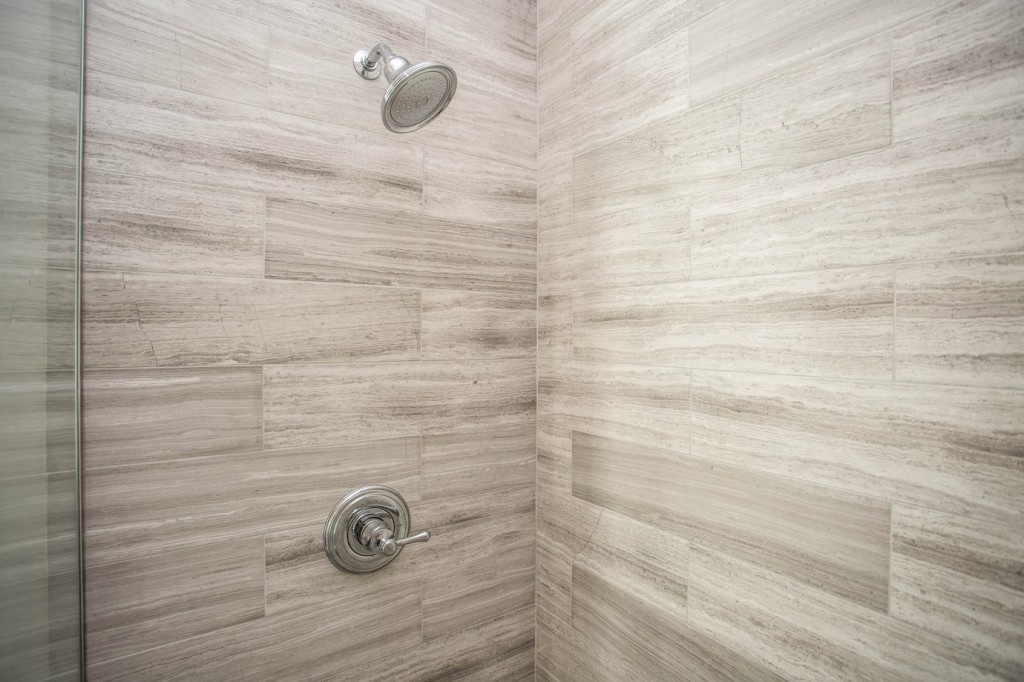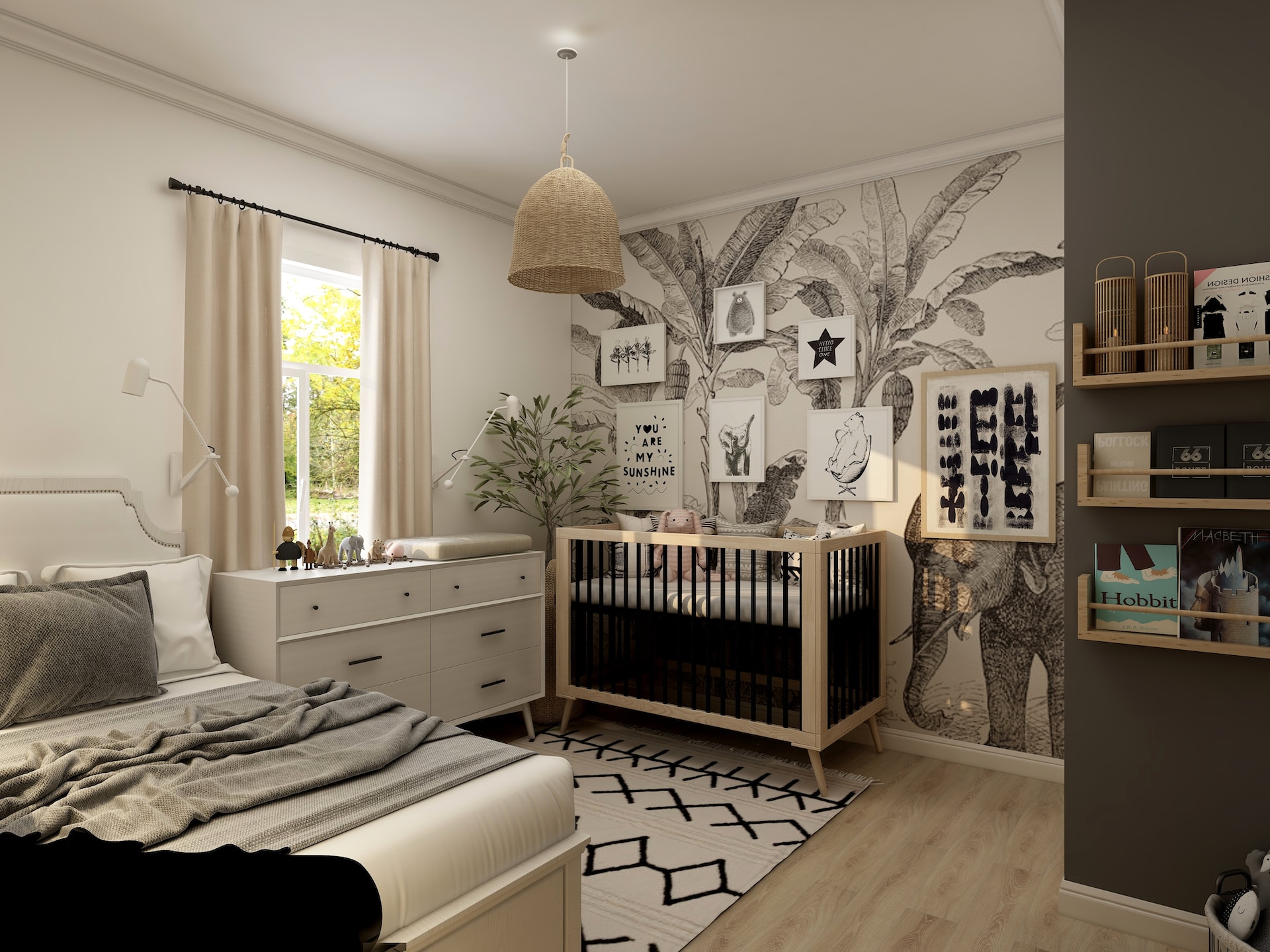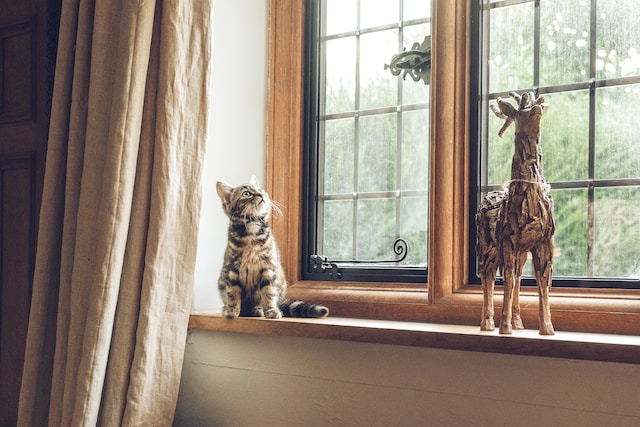If you’re in the market for new furniture, countertops or flooring, be sure you take home a sample. What is a sample? Sometimes called a swatch or “cut,” a sample is quite literally a sample of the material. This could be a small cut of textile or fabric, sample of carpeting or flooring, or even a piece of stone or countertop material. Although you may be used to taking home paint chips or small samples of paint, you may not realize that many other home furnishings can also be tested out at home. If you’ve hired an interior designer or architect, you may not be part of the sample process, or you might just see a small selection. A professional’s office is generally filled with samples they’ve collected over the years and are kept up to date on new samples by their vendors. But if you are managing your design project on your own, you should be part of the sample process.
There are two main reasons to obtain a sample before purchasing, the first is to see that particular color, material or pattern in your home setting or next to surrounding materials and colors. The second is to actually test the material out in person. This second reason is my favorite reason to take home a sample as it’s a good idea to test out the performance and durability of a particular material. Sometimes a dealer will hand out free samples, sometimes you may borrow them, and occasionally you’ll have to purchase them. Even if you need to purchase them, you’ll find that it’s a small price to pay to ensure you’re getting the right furniture and furnishings for your home.
Soft samples: fabrics, textiles and carpeting
If you are ordering custom fabric, leather, drapery or carpeting, you’ll most likely receive a sample cut of the actual material you ordered. So in addition to your first sample (during your shopping phase), the cut sample is the actual dye lot from your order. This is important, as custom fabrics could have been dyed at different times and may have subtle differences from dye lot to dye lot, or from print to print. It’s common that the cut sample will only be received once a downpayment has been made. In some cases, cut samples are rejected by the buyer and a secondary cut sample is ordered. Very often, a manufacturer won’t process or ship the order until the cut sample has been approved in writing.
For non-custom fabric orders, it’s still a good idea to request a sample of the fabric. This is especially important when ordering furnishings online, as online photography may not show details or accurate colors. Your sample will help you understand the color as well as the weave, texture, pattern, weight and “hand feel” of the fabric. If you have pets or expect heavy wear and tear, it’s a good idea to actually try spilling and cleaning up messes on this sample. This will be especially important for carpeting and sofa material.
Wallpaper and paint
Most people are used to picking up paint chips or small samples of paint to test out on their walls. This is a great idea as paint can easily change its appearance depending upon the time of day and the type of lighting you have can be influenced by other colors in the room. If you are considering having your walls faux finished, you’ll want to see a finished sample either on a small patch of your wall or on a fake wall sample. Wallpaper samples should be taped or tacked to your walls and suppliers generally have samples to distribute. If you want to match paint to wallpaper, you’ll want to bring the wallpaper sample to the paint store for proper color matching.
Woods and stains
When considering a piece of wood furniture, flooring or other wood material, you’ll want to ask for a sample to take home. Non-custom wood pieces are generally lent or given away to the customer so they can see the finish at home. If you can keep the sample, test out the performance as well. If you are ordering custom stained wood (like a custom dining table or custom cabinetry), you may need to wait for the sample to actually be created for you. Hand staining and finishing a piece, even a small sample, takes time. But considering the investment you are about to make, it’s important to ensure you’re ordering the correct color, style and finish. This might also be your opportunity to test out different finish options like matte or glossy.
Metals
Metal furniture or decorative metal objects (like railings or light fixtures) should also be sampled. If a manufacturer doesn’t supply samples of their metal finishes, ask about purchasing a small item of a similar piece (like a sconce) and then returning it when you’re done matching colors in your home. This will be especially important if you are ordering a large quantity of metal that will be used throughout the home like doorknobs, light fixtures or railing material. Metal finishes are notoriously difficult to photograph, both in print and online, so make sure you are getting a sample first.
Stone or tile
If you are looking at a natural stone material like marble or quartz, you’re probably looking at large slabs. The manufacture or supplier should be able to provide (or lend) smaller chunks for you to bring home and look at more carefully. It’s important to keep in mind that natural stone slabs are inherently imperfect pieces, with color and pattern variations – this is why people like them. So a sample can give you an idea of the color, but won’t be able to give you the bigger picture. As far as finishes go, you should ask to see sample of a matte finish (or honed finish) versus a polished finish. You could also ask to see samples of the various types of finished edging designs. For ceramic or stone tile, it’s fairly common to borrow and take home an actual piece of tile. If you are looking at smaller pieces of tile to create a pattern in your home, ask for several pieces so that you can experiment with layout or pattern design.
Other hard materials
Other types of hard materials like laminate, concrete, glass or fiberglass should also be viewed up close and in your home, or at least next to the other materials you are looking at. A material may look amazing on the cover of a magazine, but in person it may fall flat or not hold up to your lifestyle. Just like trying on clothes, it’s a good idea to always ask the manufacture for samples or possibly purchase a small piece of the material so you can test drive it.
It can be challenging trying to pair up all of these small samples to recreate the look of a new kitchen or bathroom. But being able to touch and feel the actual materials, see how the colors may change throughout the course of the day, and be able to test out their performance in person, is a smart way to renovate.
